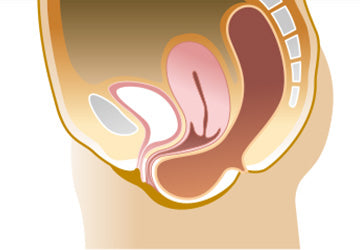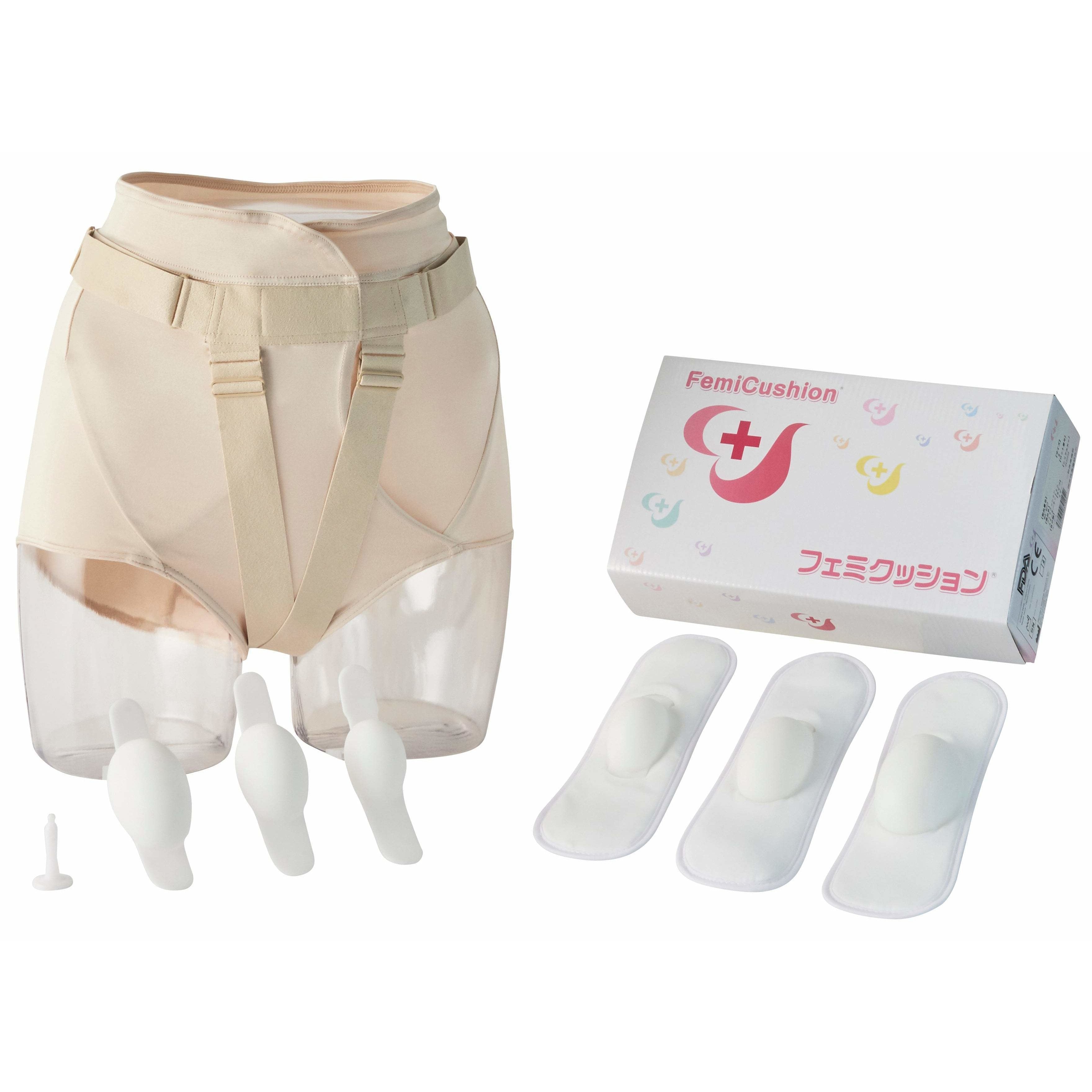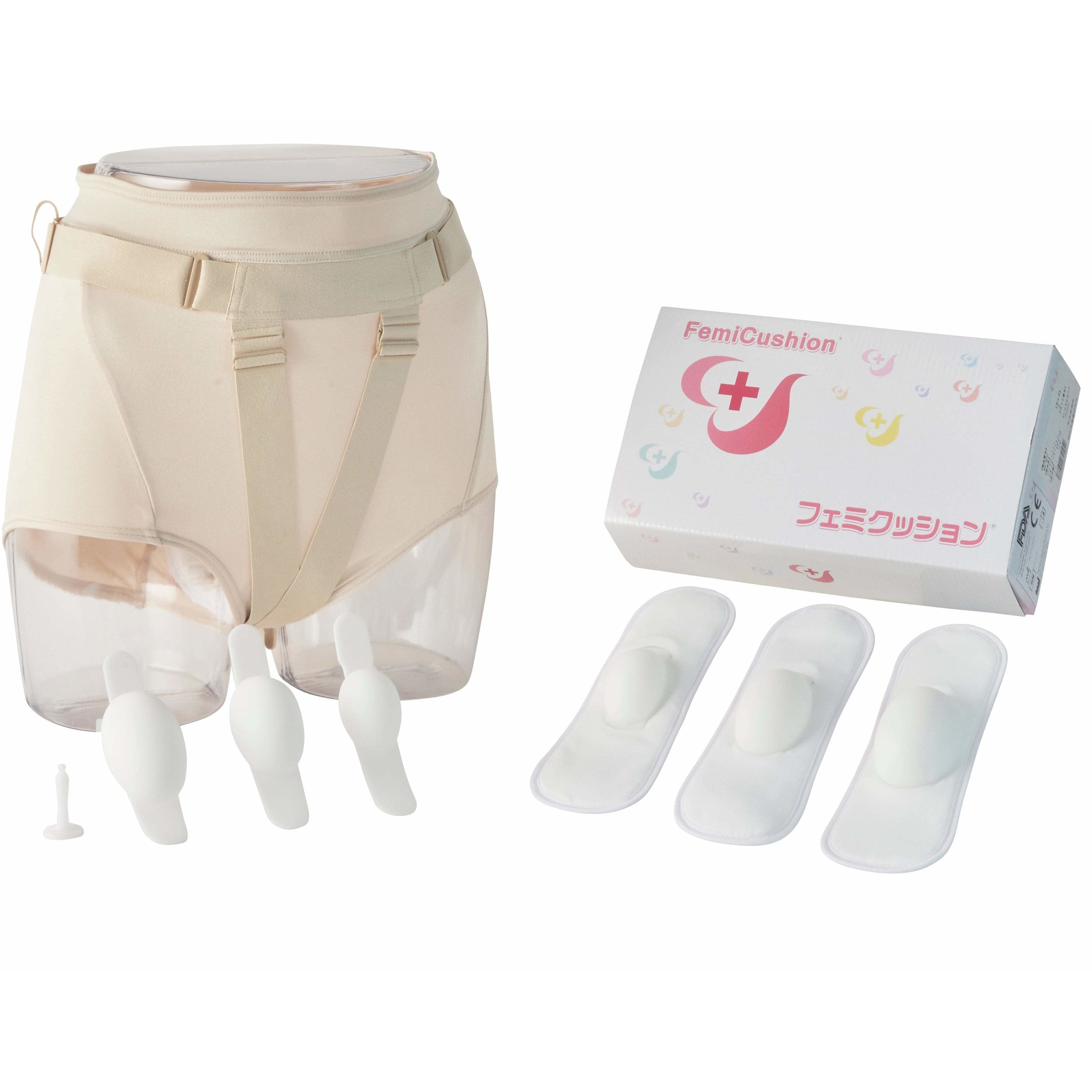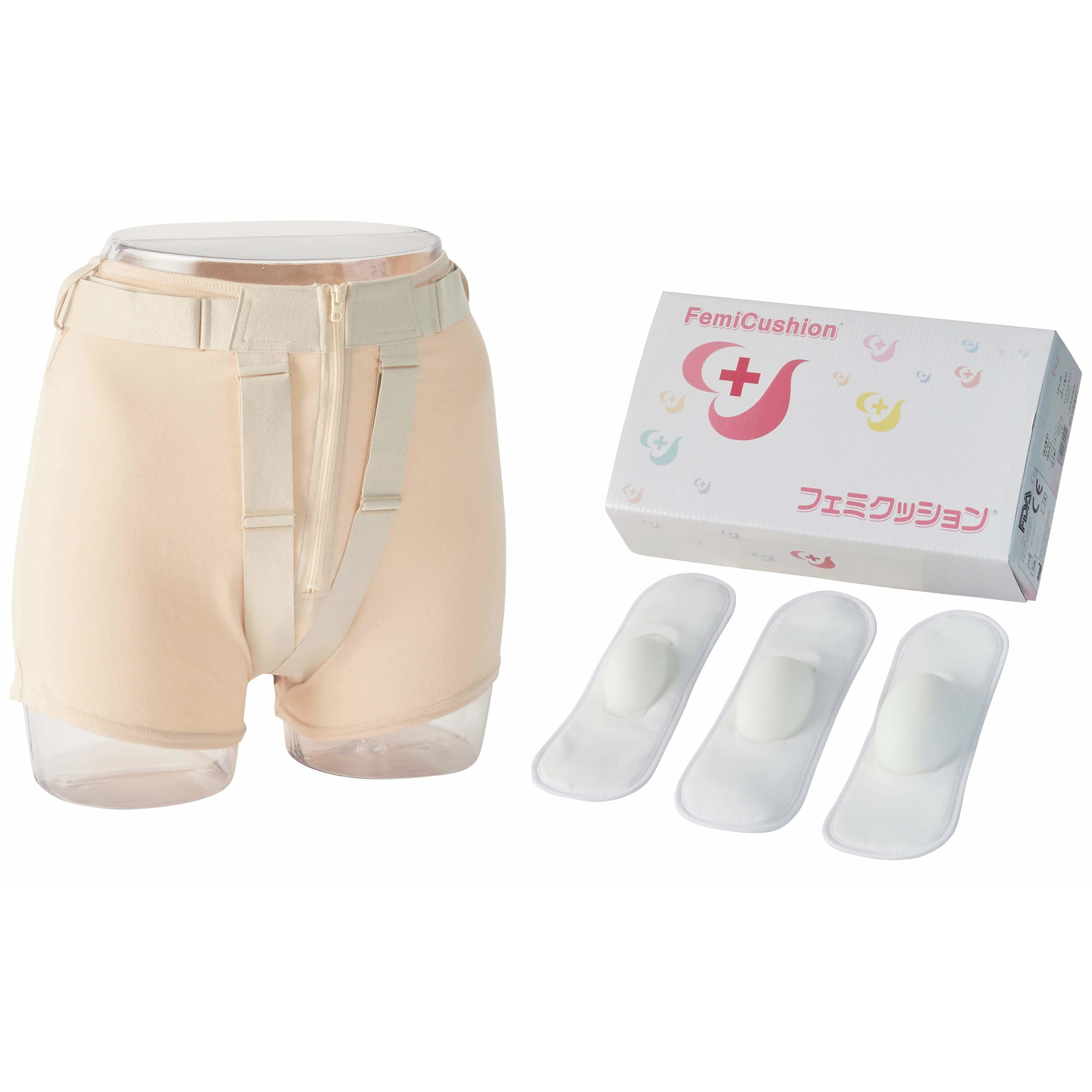Different Types of Pelvic Organ Prolapse
Table of Contents
Pelvic organ prolapse occurs when pelvic organs like the bladder, uterus, or rectum fall from their healthy positions and drop down outside of the body through the vaginal opening. Pelvic organs may fall out of place due to weakened pelvic muscles and tissues that can be caused by experiences like vaginal childbirth. Depending on the type of pelvic organ prolapse that you are diagnosed with, the treatment may differ.

Bladder Prolapse (Cystocele)
Bladder prolapse - also known an Cystocele ("cele" is the medical term for prolapse) - is the most common type of prolapse that women suffer from. As the name suggests, cystocele is when the bladder drops down outside of the vagina. As with all types of prolapse, this can cause pain and discomfort as the dropped bladder puts pressure and pulls on surrounding pelvic organs, muscles, and tissues.

Rectum Prolapse (Rectocele)
A rectocele occurs when the rectum falls into the back wall of the vagina causing a bulge towards or outside of the vaginal opening. This happens when the tissue area (rectovaginal septum) between the rectum and the vagina is too thin or weak to support the rectum. Women with rectocele may experience constipation or other difficulties with bowel movements. Depending on the severity of the condition, some women can only empty their bowels by pushing the rectum that has fallen into the vagina back into place by hand.

Uterine Prolapse
A dropped uterus is also known as uterine prolapse. It is also a result of weak or loose pelvic structures that are unable to hold and support the uterus. The uterus falls down into the vagina, which pulls on ligaments, causing pain. As the uterine prolapse worsens, the uterus will slowly fall out of the body through the vaginal opening. This can also be accompanied by pain and bleeding.

Enterocele and Vaginal Vault Prolapse
Enterocele occurs when the tissue around the intestines or the small intestine itself descends into the pelvic cavity pressing against the back of the vaginal wall, which creates a bulge. Vaginal Vault Prolapse happens when the upper part of the vagina drops down into the vaginal canal or outside of the body. Women who have undergone a hysterectomy (complete or partial removal of the uterus) may experience this type of prolapse due to the loss of support from the uterus removal. Although a hysterectomy is not a deciding factor on whether women may have vaginal wall prolapse, it does put women at a higher risk to develop pelvic organ prolapse.
What to do if I have pelvic organ prolapse?
Once diagnosed with pelvic organ prolapse, it is important to take action right away to prevent it from getting worse. Leaving the prolapse alone will most likely cause it to worsen. It is also important to recognize other factors that can worsen the prolapse as well. For example, leaving lifting or standing/walking for long periods of time. Learn more here.
References:
1. https://austinurogynecology.com/enterocele/
2. https://www.ami.at/en/patient-information/different-types-of-pelvic-organ-prolapse/
3. https://www.womenshealth.gov/a-z-topics/pelvic-organ-prolapse
Disclaimer: The information on this site is not intended or implied to be a substitute for professional medical advice or diagnosis. All content, including text, graphics, images, and information, contained on or available through this website is for informational purposes only.
Supervising Doctor of This Article

Koichi Nagao, MD PhD
Professor, Department of Urology, Toho University Faculty of Medicine
Director of Urinary tract reconstruction center, Toho University Omori Medical Center
Director of Reproduction Center, Toho University Omori Medical Center
Professor Nagao specializes in plastic surgery in the field of reproductive medicine. He completed eight years of plastic surgery training at Showa University before majoring in urology at Toho University. With his meticulous surgical techniques and careful examinations that combines urology and plastic surgery, Professor Nagao became a Board Certified Specialist with multiple associations including the Japanese Urological Association, the Japan Society for Reproductive Medicine, and the Japanese Society for Sexual Medicine.
The suggested Products

FemiCushion EasyOpen Deluxe Kit
$299.99

FemiCushion Standard Deluxe Kit
$299.99

FemiCushion Lite Kit
$249.99




